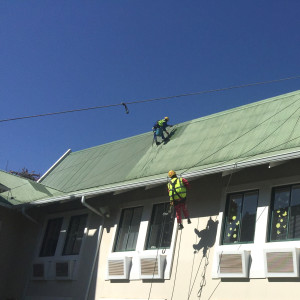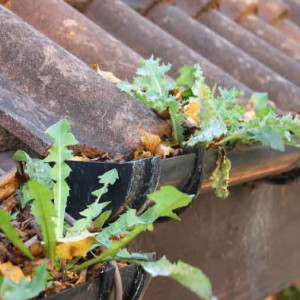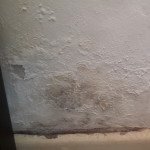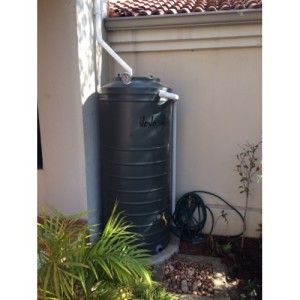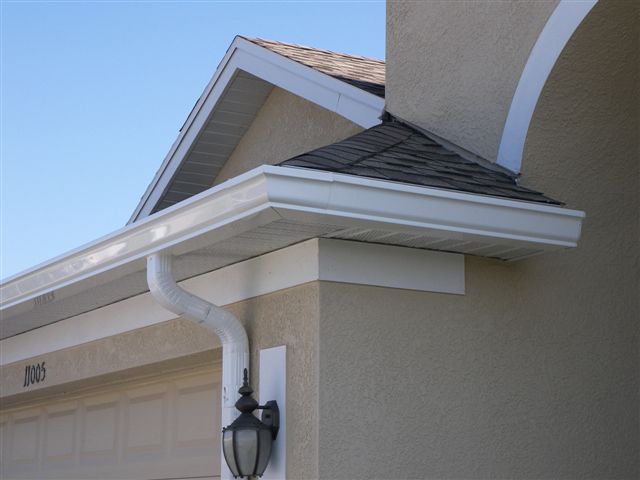1. Do your research
The first item on any list should be research, this is not the time to trust your gut. There are many factors to consider. You need to consider some of these: area, proximity to highways, schools, shopping centres, your nearest Woolworths and fast food take-outs. In this day and age these are important factors to consider, you might have grand ideas of cooking in your new kitchen and having dinner parties; you might still have those, however there will be many nights you will just want to order in.
2. Everyone is going to give you advise, it’s okay not to listen to them
As soon as you announce that you’re looking to buy property, you can expect friends and family to come out of the woodwork with all their well-intentioned advice. Unless your friends or family are in the property business, there is a good chance there advise might not be sound advise. Speak to the experts and ask questions.
3. Use your nose, knock on walls, turn the taps
Check for the smell of mould or animal-related odours. Check the walls, including outside boundary walls, inside walls, cupboards etc. Does the toilet flush properly? Does the heating/air-conditioning work? Is the flue functioning above the fireplace? Is the water pressure okay? These are all important questions.
4. Work with experienced professionals
Hire an inspector to do a report, pay them if you have to. Confer with your lawyer on any issues you find, while we are on the subject, make sure you use a good property lawyer, there are different types of lawyers and just because you know a lawyer it does not mean they are the right one. Make sure you ask all your questions and get thorough answers.
5. Use your head, not your heart
Don’t be afraid to walk away from a bad deal. There will be other properties, maybe even better ones. Remember that this is a financial transaction and that your terms must be met. If something seems off, then walk away, don’t be pushed into a bad deal.
6. Negotiate as much as you can
You can use an agent to do the negotiating for you, but you can’t be sure how hard they will push for you. As a buyer, you should feel in control and as though you have nothing to lose through robust negotiation.
7. Don’t be pressured into a deal
Real estate agents are expert salespeople. They may get you to rush over to the perfect property and urge you to make an offer before someone else snatches it up. If you feel rushed at all, then back away. Time is on your side.
8. Consider what you can really afford
Determine your budget based on what you can afford to repay now, not the maximum you’re allowed to borrow. You need to be able to afford your bond, interest rates go up and you need to consider just how much buffer you can afford.
9. Gardens and yards are work
Almost everyone likes the idea of having a big garden, however if you’re not used to maintaining one, you might want to think about whether you can afford to pay for the servicing of the lawn or whether you want to spend your weekends maintaining the lawn or yard.
10. Check your interest rates
You need to do your research on the interest rates, working with your bank will be your first call, however once they give you an interest rate, start shopping around, use this to leverage the various banks to offer you a better interest rate. Once you get a green light from one bank the others will follow, don’t be pressured, read the fine print work with your agent and lawyer to understand what you are getting into.
11. Select an agent carefully
Prepare questions in advance before meeting with your new agent. Find out what kind of experience they have, how many buyers they are representing and if they can share any references. Here you can ask your family or friends who have bought houses whether they can recommend someone, however you should not feel obligated to use them.
12. The search can take longer than you think
Give yourself six months to a year, finding property is not a simple task, it takes time, don’t rush, you will be spending your Sundays looking at property, you will get frustrated and you will want to give up, but hang in there, you will find the right property for you, and you will love it once it’s yours.
Contact us today for a FREE professional consultation.
Get a Free Quote Contact Us
Call us now on 011 467 7600 | 011 791 0925




